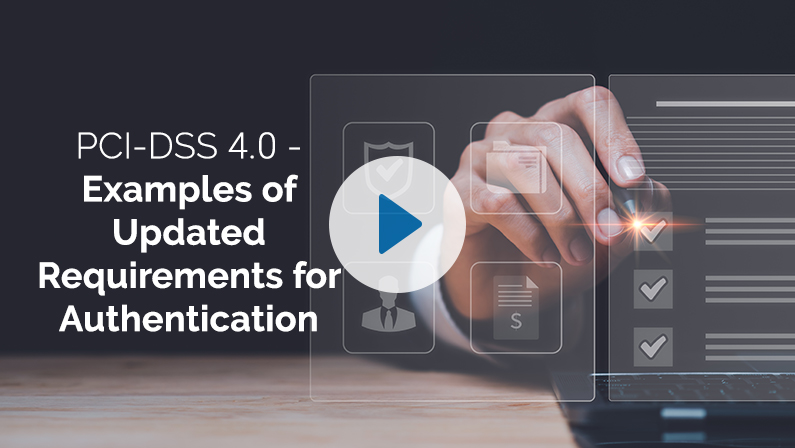- Updated Requirements for Authentication
The updated requirements for authentication in PCI-DSS 4.0 focus on enhancing security measures for accessing cardholder data and the systems that manage this data. Here are specific examples illustrating how these updated authentication requirements might be implemented:
Example 4: Adaptive Authentication
Updated Requirement: Implement adaptive authentication mechanisms that adjust security measures based on the context of access requests.
Implementation: Use adaptive or risk-based authentication systems that evaluate the context of each login attempt, such as the user’s location, device, time of access and behavior patterns. Based on the risk assessment, the system might require additional authentication factors for access attempts deemed high risk.
Example 5: Security API Access Controls
Updated Requirement: Apply strong authentication controls for API access to the CDE.
Implementation: Ensure that applications accessing the CDE through APIs are authenticated using methods such as OAuth 2.0 tokens, API keys, or client certificates. Implement rate limiting and monitor API access patterns to detect and prevent unauthorized or suspicious access attempts.
Example 6: Public Key Infrastructure (PKI)
Updated Requirement: Utilize PKI for strong authentication in environments where it is feasible.
Implementation: Deploy a PKI system to issue digital certificates for users, devices, or systems that require access to the CDE. Certificates can be used as part of the authentication process, ensuring that only entities with a valid certificate can gain access, thus providing a higher security level than traditional username and password methods.
These examples highlight the PCI-DSS 4.0’s focus on strengthening authentication mechanisms to protect against unauthorized access to sensitive cardholder data. By implementing these updated requirements, organizations can significantly enhance their security posture and reduce the risk of data breaches.





